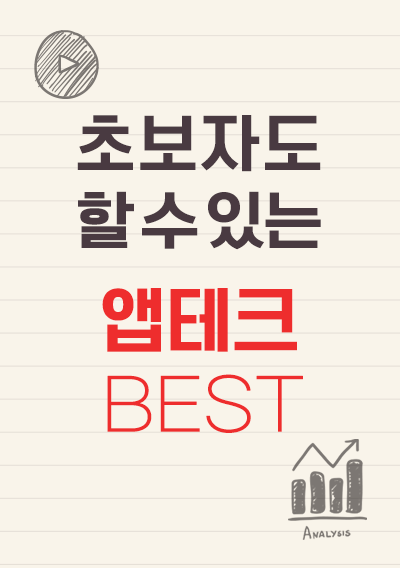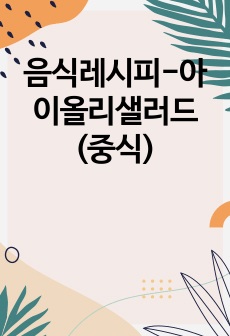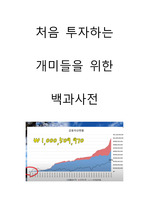* 본 문서는 배포용으로 복사 및 편집이 불가합니다.
서지정보
ㆍ발행기관 : 한국교육학회
ㆍ수록지정보 : 교육학연구 / 8권 / 1호
ㆍ저자명 : 金炳聲
ㆍ저자명 : 金炳聲
목차
一. 問題의 提起二. 理論的 接近
三. 硏究의 過程
四. 結果와 解釋
五. 提言
Resume
영어 초록
The present study was designed to test the effects of two patterns of teaching behavior on creative thinking among children. In many studies concerning the teacher, behavior contrasting patterns of teaching behavior create different classroom atmosphere and, consequently, it causes different changes in student behavior, In this regard, it is possible to divide two patterns of teaching behavior in classroom interaction. One is the non-directive teaching behavior that is based on open and student-centered relationship, and the other is the directive teaching behavior that is based on superior-subordinate, teacher-centered rei a relationship.Two patterns of teacher behavior were specified' .as following variables.
A. The Non-directive Pattern (N-D)
1. Accept and support the behavior and feeling of pupils warmly.
2. Praise and encourage to manipulate objects and ideas.
3. Ask divergent question in order to stimulate pupil participating in problem solving.
4. Provide a climate in which external criticism is absent.
5. Give positive response to the pupil questions.
B. The Directive Pattern (D)
1. Express or lecture about teacher’s own idea or knowledge.
2. Give directions or orders in routine manner.
3. Criticize or deprecate pupil behavior with intent to change it.
4. Justify teacher's position and authority.
5. Give elicited response to pupil question. These input variables of teacher behavior were
divided into three aspects of teacher-pupil interaction process: emotional-attitudinal variables, cognitive support variables and evaluative variables. The variables based upon the extent of ND/D ratio(N.A. Flanders, 1967) and were controlled by the specialiy designed observational category for analysis of teaching behavior.
Based on this assumption, the following hypotheses were established to be tested through an experiment.
Hypothesis Ⅰ.
Non-directive teaching behavior is more effective for facilitating creative thinking abilities than directive teaching behavior.
Hypothesis Ⅱ.
Under the non-directive teaching behavior, creative thinking abilities can be more positively changed in the low-open children than in the high-open children.
Hypothesis Ⅲ.
High-open children will show naturally higher creative abilities than the low-open children.
Hypothesis Ⅳ.
Under the non-directive teaching behavior, openness faetors of children can be changed positively. But under the directive teaching behavior, openness factors are not change significantly.
The results of this study are as follows:
1. The degree of changes in the creative thinking abilities(e. g. fluency, flexibility, originality) was significantly higher in the nondirective class than in the directive class at . 001 level or above.
2. Under the non-directive teaching behavior, low-open group shows significantly higher change than high-open group in two creative thinking factors (fluency, flexibility) at the .05 level. But the degree of change in the origniality factor was not significant in two groups. Under directive teaching behavior, two groups did not show significant change.
3. The degree of creative thinking abilities were-shown originally greater proportion in high-open chidren than in low-open children at the .01 significance level.
4. The degree of change in the total of opennes-factors was significantly higher in the nons-directive class than in the directive class at 01 level.
In each openness factors such as variety. cooperation and self-reliance was changed positively at the. 01, .05 significance level. But tolerance, non-rigidity factors were not changed significantly in non-directive class. Under directive teaching behavior, the total of the openness factor were not changed significantly.
On the basis of the above rosults the following conclusions may be drawn:
1. Non-directive teaching behavior provides more propitious environment conditions faciliting creative thinking for children.
2. Non-directive teaching behavior is more effective in the low-open children than in the high-open children in fostering creative thinking abilities.
3. The openness factors are closely related to the creative abilites of children.
4. Some openness factors can be increased by the non-directive teaching behavior in classroom situation.


























